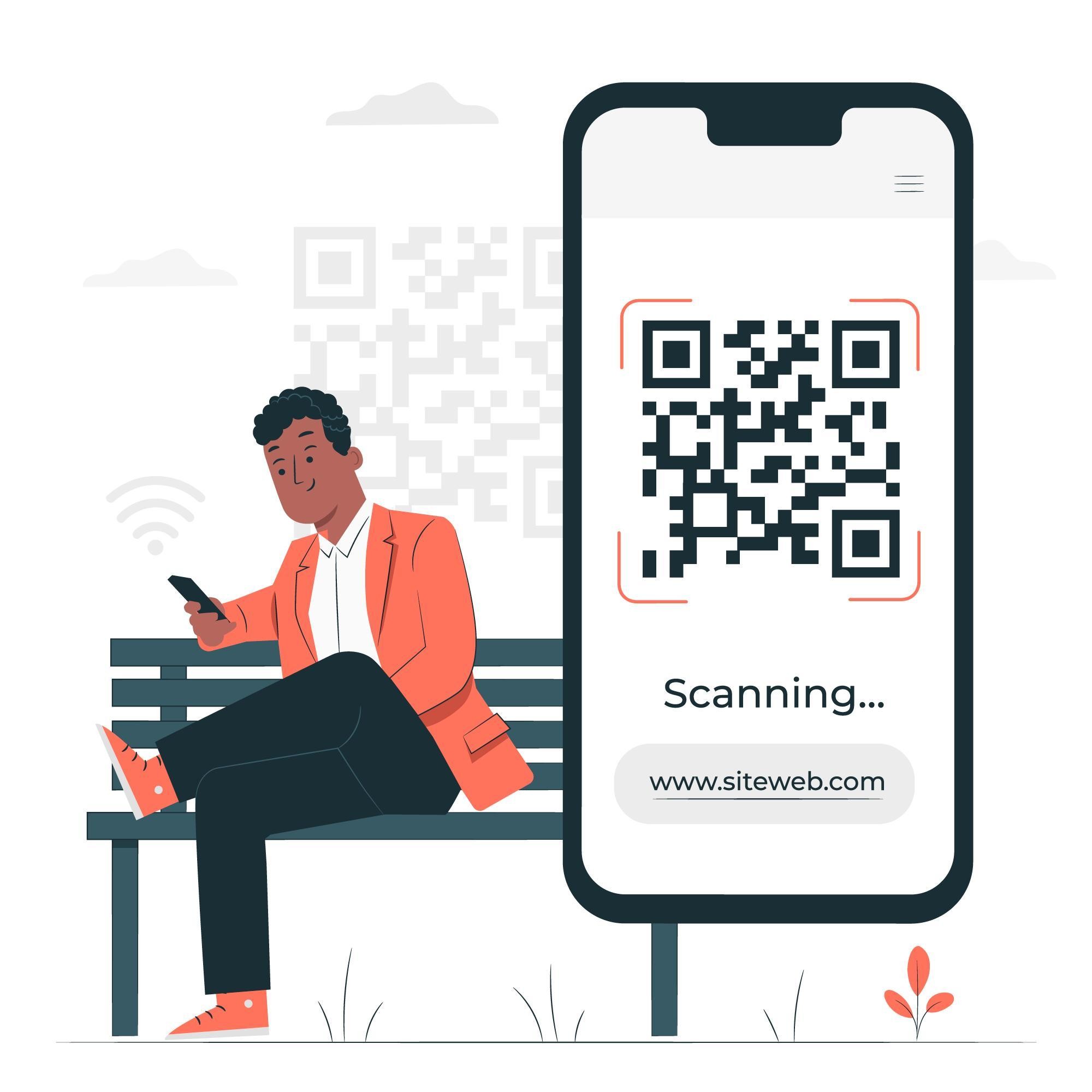Introduction
Charitable organizations and non-profits rely on donations to support their vital causes and make a positive impact in the world. In the digital age, QR codes have emerged as a powerful tool that streamlines the process of collecting donations and fundraising. By integrating QR codes into their campaigns, charities can leverage technology to make donating easier and more convenient for supporters. In this article, we explore the role of QR codes in charity, highlighting how they streamline donations and fundraising efforts, ultimately making a significant difference in the success of charitable endeavors.
QR Codes: Streamlining Donations
QR codes simplify the process of making donations by providing a quick and convenient way for supporters to contribute. With a simple scan of a QR code, individuals can be directed to a secure donation page where they can contribute funds using their preferred payment method. This streamlined process eliminates the need for manual data entry and reduces barriers to giving, resulting in higher donation rates.
Free online QR code generator
To generate QR codes for their charitable campaigns, organizations can leverage free online QR code generators. These platforms allow charities to create custom QR codes that link directly to their donation pages or fundraising campaigns. With a wide range of design options available, charities can incorporate their branding elements into the QR codes, reinforcing their identity and increasing recognition among supporters.
Increasing Accessibility and Engagement
QR codes in charity campaigns enhance accessibility and engagement, reaching a broader audience. Supporters can easily scan a QR code displayed on posters, flyers, social media posts, or even on physical merchandise. This accessibility ensures that potential donors can contribute at their convenience, whether they are attending events, browsing through promotional materials, or simply browsing online. QR codes also serve as a catalyst for engagement, allowing charities to connect with donors beyond the initial donation. Organizations can include QR codes on thank-you cards or follow-up communications, providing updates on the impact of donations and nurturing long-term relationships.
Tracking and Reporting
QR codes provide valuable tracking and reporting capabilities, enabling charities to monitor the success of their campaigns. Online donation platforms often offer analytics and reporting features that track the number of scans, conversion rates, and average donation amounts associated with specific QR codes. This data helps organizations assess the effectiveness of their campaigns, identify successful strategies, and make data-driven decisions to optimize future fundraising efforts.
Incorporating Gamification and Incentives
QR codes can be used to incorporate gamification and incentives into charitable campaigns. For instance, charities can create QR code-based scavenger hunts or treasure hunts, where participants scan codes to unlock rewards or earn points. This interactive approach fosters engagement, encourages participation, and generates excitement around the cause, ultimately driving donations and fundraising success.
Conclusion
QR codes have revolutionized the way charities collect donations and conduct fundraising campaigns. By streamlining the donation process, increasing accessibility, leveraging free online QR code generators, and incorporating gamification and incentives, charities can optimize their fundraising efforts and make a more significant impact in their respective causes. As technology continues to evolve, QR codes will continue to play a vital role in helping charities connect with supporters, enhance engagement, and streamline the process of raising funds for their important missions.




